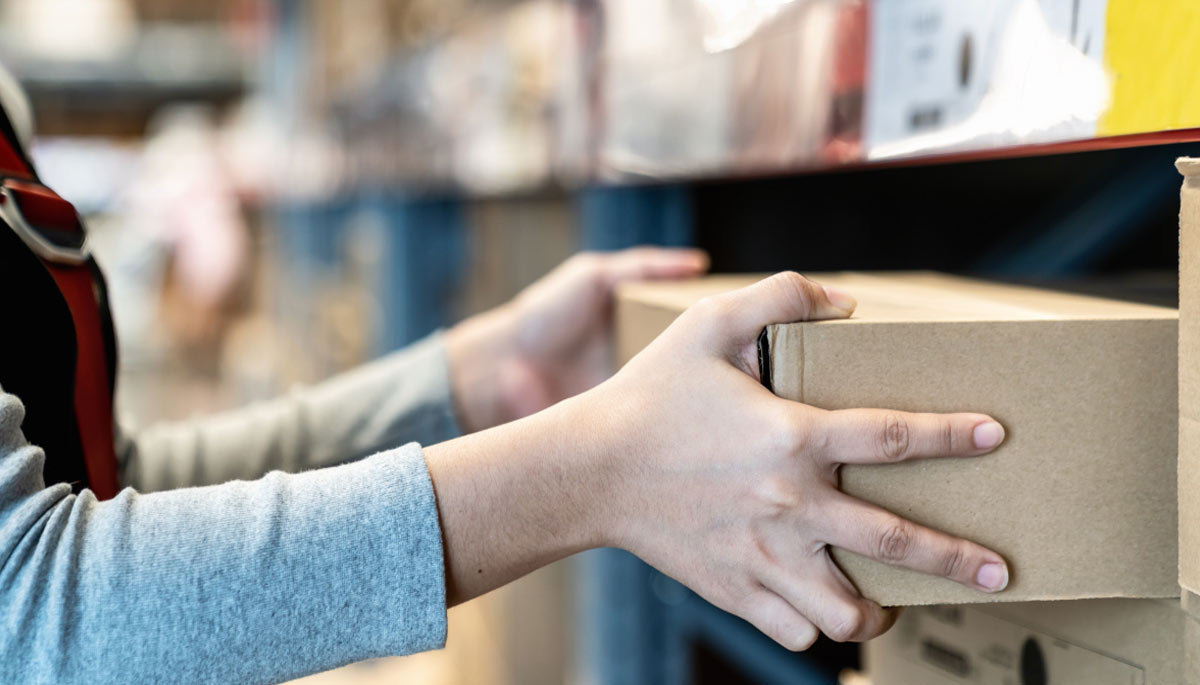
The Changing Face of Retail: Dark Stores
The face of retail has undoubtedly taken a turn in the last 18 months. As consumers skipped the checkout lines in lieu of sofa shopping, retailers found themselves dealing with little to no foot traffic and idle employees. In the meantime, as online orders skyrocketed, some retailers were caught off guard as they hustled to manage this shift in the channel mix and organize their inventory.
Many retailers moved to make use of their suddenly empty brick-and-mortar locations by converting them to dark stores – retail locations converted to micro-fulfillment centers in support of online orders. Utilizing dark stores has proven a powerful strategy to keep the workforce employed, avoid sitting inventory, leverage existing physical space, and handle the massive influx of digital transactions ongoing.
Large retailers have set the groundwork for dark stores
An emerging trend pre-COVID thanks to the growing eCommerce market, the global pandemic drove many larger retailers to further embrace the dark store approach, and with great success. Take, for example, the hybrid model Target has adopted. The majority of their online transactions are coming out of local stores because they have managed to combine their retail presence with mini warehouses all over the country. And, of course, Amazon – ever the trend-setter – opened its first dark store in September of 2020 with its Whole Foods brand.
These brands successfully accomplished the dark store transition because they had the capability, inventory planning rigor, and a mature digital intelligence well in place before COVID. Placing more emphasis on the online channel and getting stock in the right place at the right time may appear challenging at first, but with the right tools and a solid strategy, it’s not just the big guys who are capable of achieving success with dark stores.
Smaller retailers can also benefit from dark stores
With the ever-increasing customer demands in today’s digital world, eCommerce scalability is more important now than ever before, no matter a retailer’s size. While having hundreds of distribution centers is undoubtedly not something that everyone can do, the same concept can work for those who are trying to find a balance between online and in-person sales.
The good news is that this approach works for most brands with a digital and physical presence and can be a significant lifeline for underperforming stores. Instead of closing a location completely, stores can be repurposed into fulfillment centers and still deliver a vast improvement to the customer experience by shortening delivery times while keeping inventory moving.
Clear inventory objectives plus the right retail technology
When building or converting real estate into something more functional for distribution purposes, retailers need to define their objectives. Is the purpose to augment sudden, yet temporary spikes in demand during peak periods? Is it to get orders to consumers faster – within one day, the same day, or hours? Or maybe it is to mitigate carrier capacity issues?
Clear objectives will be the defining element for your dark store strategy. This could include permanently closing a strip center location to foot traffic, so you can convert the location into a micro-fulfillment center that serves customers in a particular region. On the other hand, if you’re simply looking for quick scalability during peak periods for your digital channel, this could mean simply leveraging a store stock room or closing down a section of the store to pack orders pulled from the shop floor. Both of these options have been embraced with great success in support of effective omnichannel strategies.
In order to make a dark store work, regardless of the setup, retailers need to be savvy about allocating inventory across facilities and strategic about setting up an efficient picking solution within the facility. This is where having the right technology in place is critical. For example, DOM technology will help retailers allocate inventory and route orders appropriately across locations. Likewise, store fulfillment technology such as RetailConnect can automate the pick/pack/ship operation within a store environment for highly efficient and accurate order processing.
The future of retail is omnichannel
While we don’t envision brick-and-mortar stores going away completely any time soon – some brands and retailers will always benefit from a physical storefront, take luxury brands for example – dark stores are a stepping-stone towards a new strategy that fully embraces a digital-first retail environment. With the right infrastructure and technology in place, dark stores are a powerful omnichannel strategy that is here to stay, offering increased capacity, the ability to scale and enabling faster delivery.


